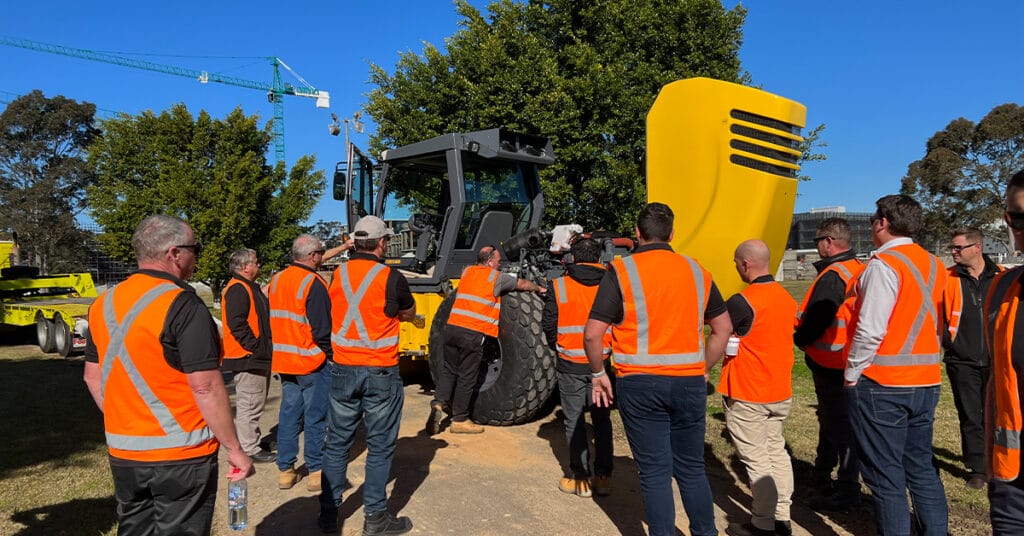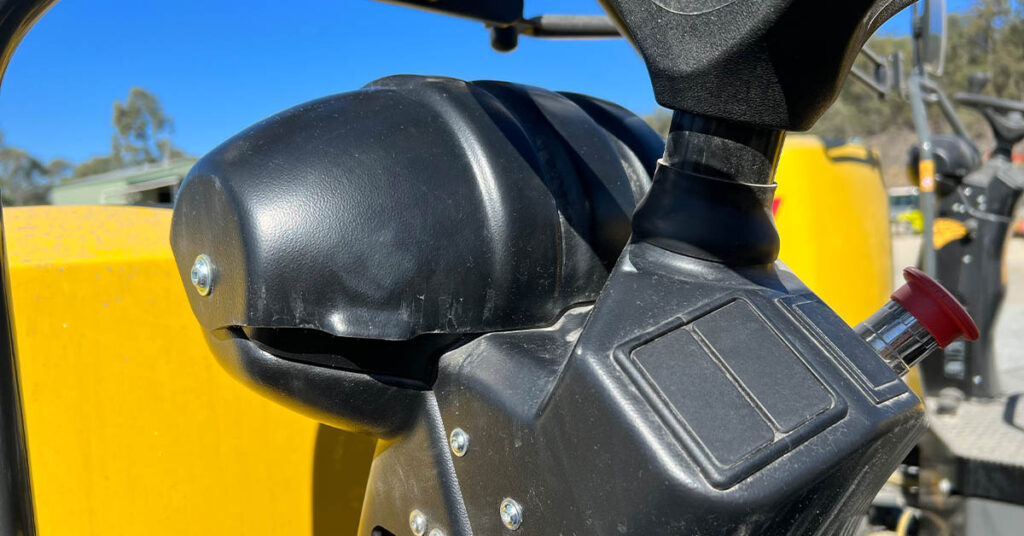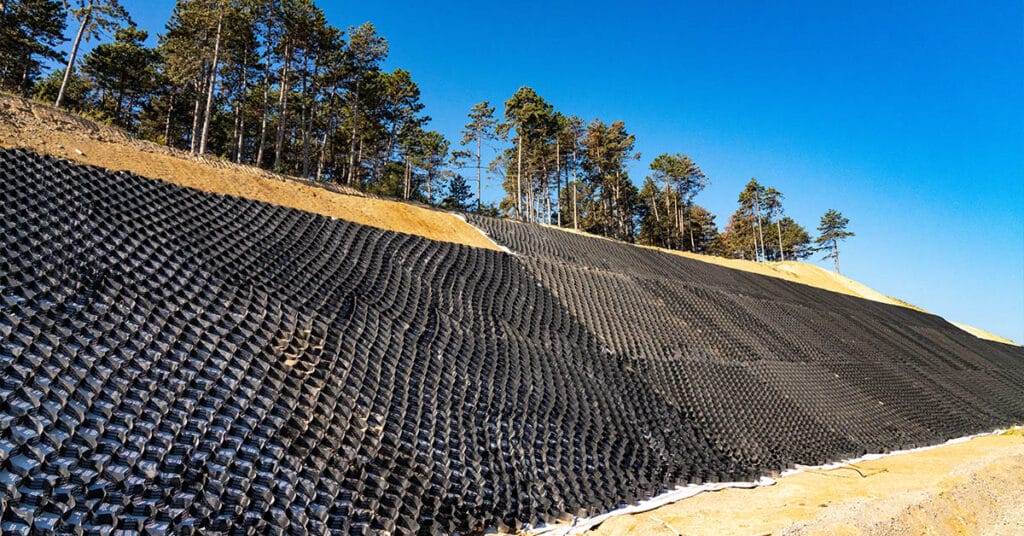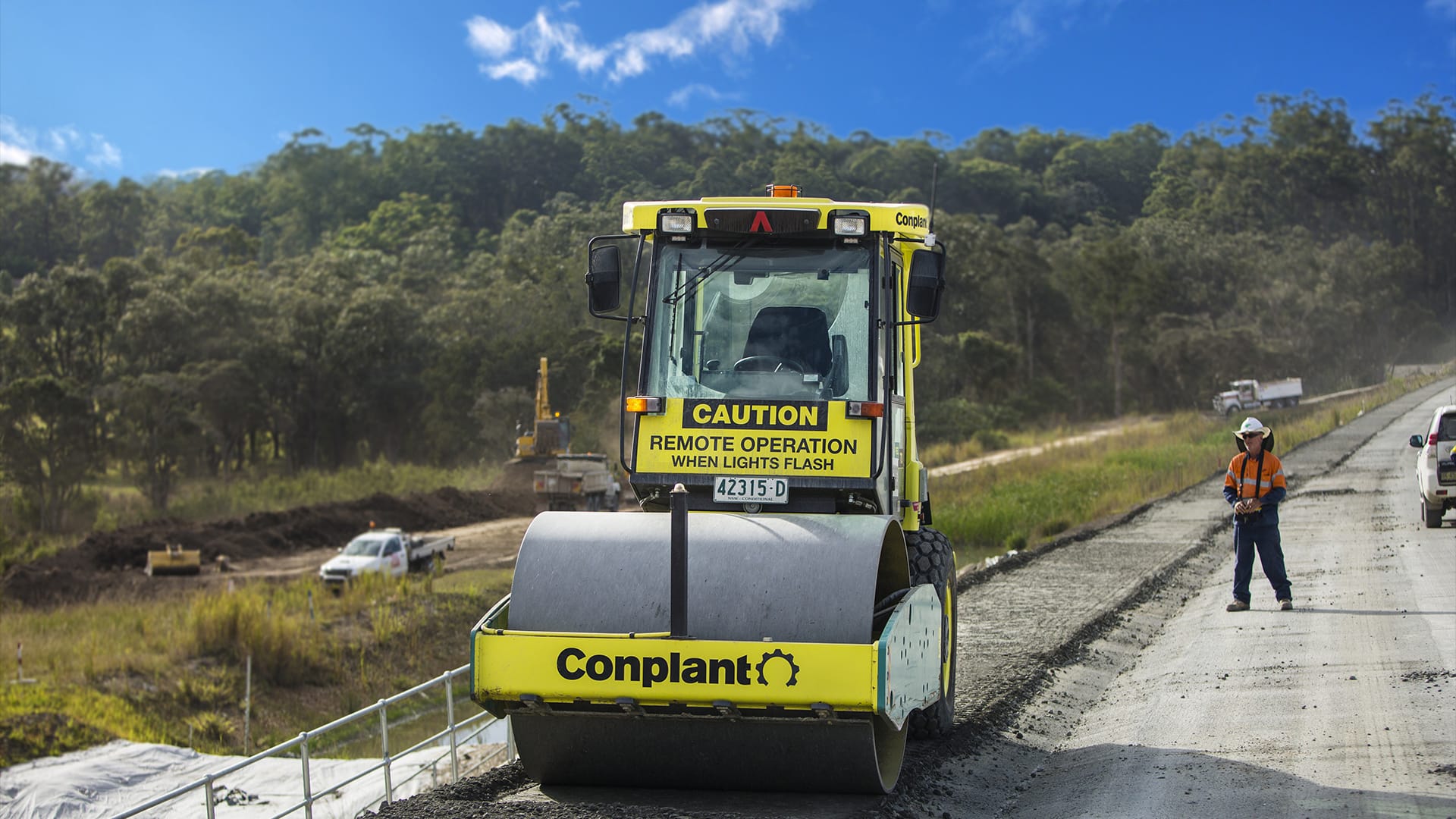The risks of operating compaction equipment (and how to work safely)
What’s the first thing you get told while coming off anaesthetic? Don’t operate heavy machinery, including your own car. Heavy machinery poses inherent risk to the point of cliché – both to people and surrounding property. It’s critical that operators are well trained and clear-minded.
On a construction site, you’re working with heavy, high-consequence equipment and a lot of variables. Terrain is changing day by day, people are roaming around on foot among oversized vehicles, while debris is constantly creating new obstacles. All against a backdrop of extreme time pressure.
If you’re not running a tight ship, a lot can go wrong very quickly. Heavy equipment accidents can have tragic outcomes, not to mention the costs associated with property damage, liability, and downtime. Safety isn’t just about supervision once a project is underway, but also thorough planning and proactive steps taken before the key is even in the ignition.
So, here’s a quick checklist to help you maximise heavy equipment safety, avoid injuries, and increase uptime.
1. Injuries & accidents
Mitigation: Training & safety protocols
The most effective way to avoid accidents and injuries is by giving people the right training and putting strict safety rules in place. Workers are required to adhere to all safety procedures and guidelines, and should receive thorough training on how to operate equipment safely.
For example, do all of your staff know the emergency shut down procedure in cases of emergency? Have they read the risk assessment provided with every piece of Conplant equipment? Have the mandatory pre starts been completed? Do they know all site-specific safety rules including traffic management plans?
For each project, they should also be briefed on the nature of the site and how things will operate, what to look out for such as environmental factors and risks. Compaction equipment – and equipment in general – should be inspected regularly and maintained by the employer to ensure it remains in good working condition.
We’re committed to heavy equipment safety, along with the health and well-being of all employees, subcontractors, customers, visitors and anyone associated with our operations. You can review all of our safety documentation here

2. Property damage
Mitigation: Site inspections and equipment monitoring
Before using any compaction equipment, it’s crucial to conduct site inspections to reduce the risk of property damage. This will make it easier to spot any potential dangers or locations where the machinery might damage something – for example, tight corners or low clearance heights.
Compaction equipment usage should also be supervised to make sure it’s being used correctly and to flag any dangers that roller operators and nearby workers may not have spotted.
Looking to hire compaction equipment for your next job? Check out our full hire range including remotely operated rollers so you can hop out of the driver’s seat and keep an eye on any blind spots for those fiddly finishes.
3. Theft & vandalism
Mitigation: Security measures
Construction and compaction equipment is often targeted for theft due to its high value. Vandalism is also a high risk, with equipment left out in the open due to lack of secure storage space on many sites.
To reduce these risks, it’s advisable to install security measures like fencing, lighting, and cameras where possible. Equipment should also be locked away when not in use and tracked using GPS technology, so it can be recovered if stolen.

4. Environmental
Mitigation: Environmental protection measures
While it may rarely take precedence over the commercial imperatives of a project, environmental mismanagement can prove costly in the long run. Important steps can be taken, such as erosion control and stormwater management. Potential strategies include the use of silt fences or sediment barriers, the planting of vegetation to stabilise the soil, and the use of permeable paving materials to reduce runoff and reduce the risk of contamination through waterways.
Need advice on safety or choosing the roller best suited to your project? Get in touch or give us a call on 1300 166 166.




